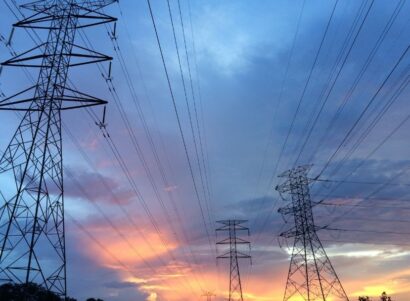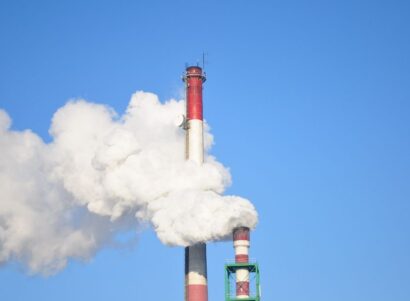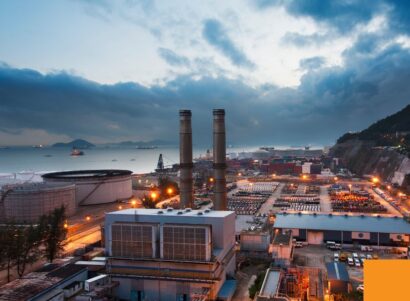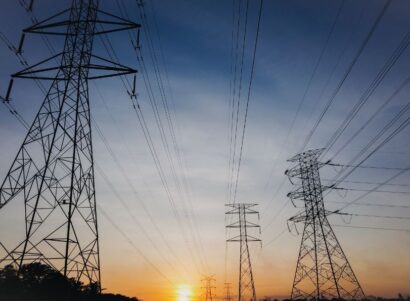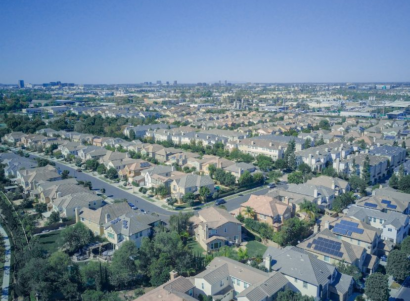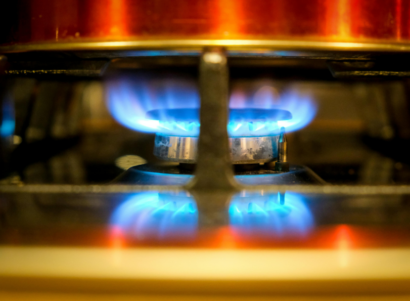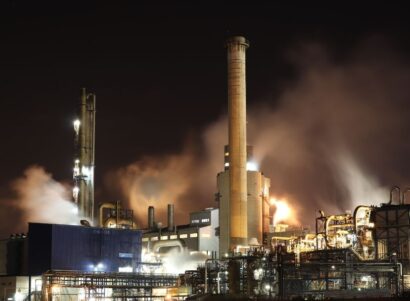Overview
Between January 2020 and March 2022, PSE Healthy Energy partnered with the Asian Pacific Environmental Network (APEN) to deploy a dense network of air quality monitors throughout the Richmond, North Richmond, and San Pablo communities in northern California’s East Bay. PSE partnered with Lawrence Berkeley National Laboratory (LBNL) to expand the Richmond Air Monitoring Network to include low-cost black carbon sensors for one winter and one summer month in 2021, and during one wildfire event in 2020. Black carbon is often emitted during the incomplete combustion of biomass and fossil fuels. Because black carbon is linked to various adverse health impacts, monitoring black carbon can help indicate combustion-related emissions that are relevant to both human health and the environment.
The two-year air-monitoring study was designed to analyze spatial patterns of local air pollution over time, assess the distribution of air pollution sources throughout the area, and track emission changes from varying transportation patterns, refinery operations, and other industrial activities. The project team received guidance from the Technical Advisory Panel.
Project goals included:
- Gathering and reporting robust and hyper-local air quality data.
- Working with residents and community groups to identify priority areas with high air pollution and vulnerable populations.
- Supporting the efforts of regional and state air regulators and community groups to develop actionable policies and recommendations to reduce the community’s exposure to air pollutants.
- Raising local public awareness of the relationship between air quality and human health.
On December 15, 2022, PSE published a report outlining the Richmond Air Monitoring Network’s air quality monitoring efforts, key findings, and recommendations.
Why Richmond?
Richmond is one of the ten target communities selected by the California Air Resources Board for a Community Air Grant, a focused action to improve air quality in the areas with highest cumulative air pollution exposure burdens. The grants are supported through the Community Air Protection Program, a California Climate Investments program which was created with the passage of Assembly Bill 617. The Richmond-San Pablo area is a target community because it faces disproportionate impacts from multiple sources of air pollution, including oil and gas facilities, high traffic volumes, large and small industrial facilities, and port and freight activities. The city of San Francisco, located upwind from Richmond, is also a source of ozone precursor emissions. Despite these risk factors, there are few State air monitoring stations deployed in the area, and thus air quality data is limited. This information gap hinders local and State regulators from addressing air pollution effectively. The goal of the Richmond Air Monitoring Network is to address this gap.
Contact Us
If you have information on specific locations with air quality issues in the Richmond-San Pablo area, please contact us via phone or email:
- Boris Lukanov, PhD, Project Lead, (510) 330-5557
- Lee Ann Hill, MPH, (510) 330-5552
- Megan Zapanta (APEN)
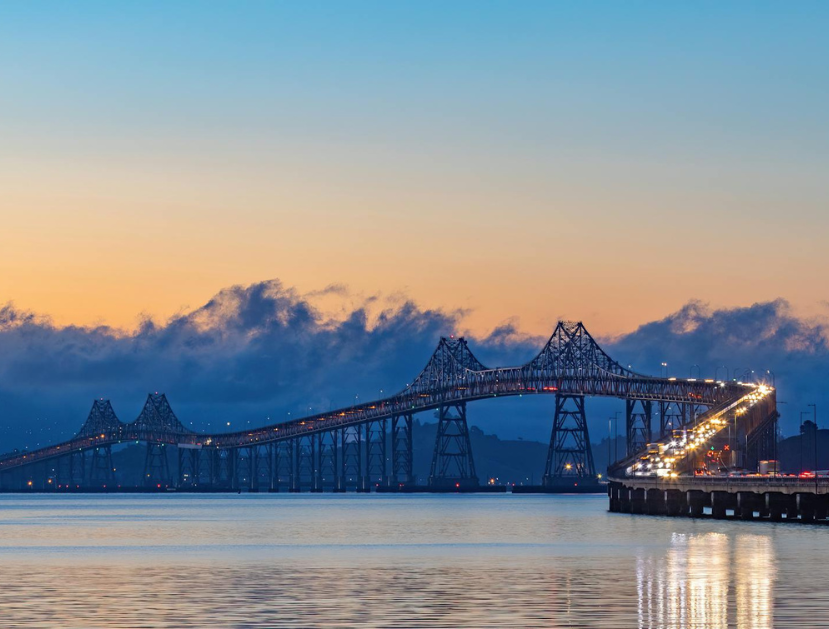

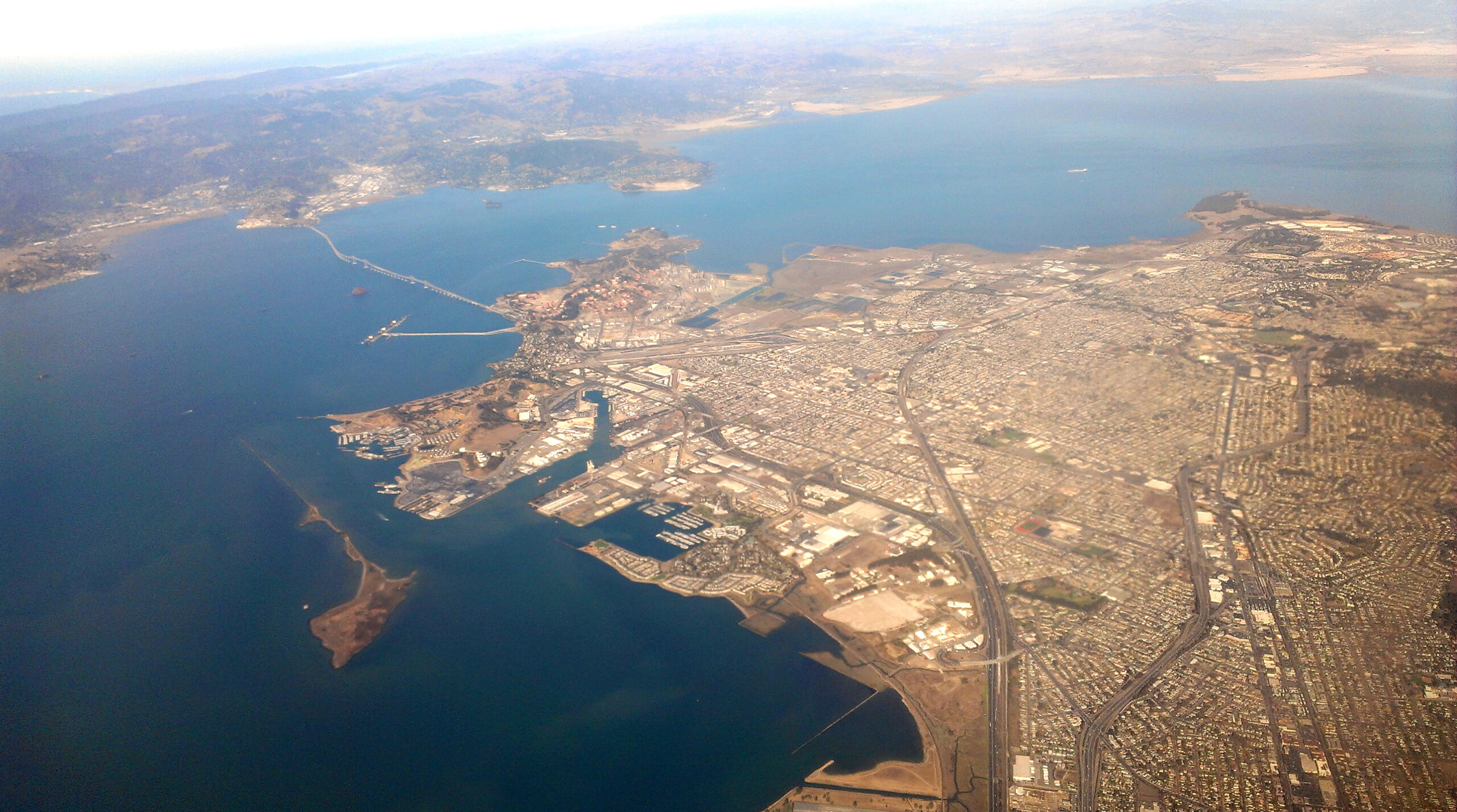


 Technical Report
Technical Report